Redstone Missile
Table of Contents
REDSTONE Missile Chronology
REDSTONE Test Stand
REDSTONE photos
On 10 July 1951, the Office, Chief of Ordnance (OCO) formally transferred research and development responsibility for the REDSTONE project to Redstone Arsenal. The OCO officially assigned the REDSTONE missile its name on 8 April 1952. Also known as the Army's "Old Reliable," the REDSTONE was a highly accurate, liquid propelled, surface-to-surface missile capable of transporting nuclear or conventional warheads against targets at ranges up to approximately 200 miles. First deployed in 1958, the REDSTONE was the forerunner of the JUPITER missile. On 31 January 1958, the REDSTONE was used as the first stage in the launch vehicle used by the Army to orbit the EXPLORER I, the Free World's first scientific earth satellite. A modified REDSTONE carried CDR Alan B. Shepard, Jr. on his historic suborbital flight on 5 May 1961. With the deployment of the speedier, more mobile PERSHING missile system in 1964, the REDSTONE missile system was ceremonially retired at Redstone Arsenal on 30 October 1964.
REDSTONE Missile Chronology
20 November 1944 Ordnance Department entered into a research and development contract with the General Electric Company for study and development of long-range missiles that could be used against ground targets and high-altitude aircraft. This was the beginning of the HERMES project. June 1946 General Electric began a feasibility study of the HERMES Cl which later formed the basis for early REDSTONE missile research. 01 June 1949 Redstone Arsenal was reactivated from standby status as the site of the Ordnance Rocket Center. 28 October 1949 The Secretary of the Army approved the transfer of the Ordnance Research and Development Division, Sub-Office (Rocket) at Fort Bliss, Texas, to Redstone Arsenal. Among those transferred were Dr. Wernher von Braun and his team of German scientists and technicians who had come to the United States under "Operation Paperclip" during 1945 and 1946. 15 April 1950 After its transfer to Redstone Arsenal, the aforementioned sub-office was redesignated the Ordnance Guided Missile Center. 10 July 1950 Office, Chief of Ordnance directed that the Ordnance Guided Missile Center conduct a preliminary study of the technical requirements and possibilities of developing a 500-mile tactical missile that would be used principally in providing support for the operations of the Army Field Forces. 11 September 1950 Ordnance Department directed that the HERMES contract with General Electric Company be amended to transfer responsibility for the HERMES Cl project to the Ordnance Guided Missile Center. 10 July 1951 The Office, Chief of Ordnance formally transferred the responsibility for conducting the research and development phase of the HERMES Cl project to Redstone Arsenal. 01 April 1952 The Office, Chief of Ordnance (OCO) disapproved Redstone Arsenal's proposed development plan for what would become the REDSTONE missile. The arsenal had intended to implement the manufacturing program for these missiles by creating an assembly line in its own development shops. The OCO, however, required that the development effort be done by a prime contractor. Nonetheless, delays in the acquisition of production facilities for the prime contractor caused Redstone Arsenal to fabricate and assemble the first 12 REDSTONE missiles along with missiles 18 through 29. 08 April 1952 The REDSTONE missile system officially received its popular name. Previously, this missile was known at various times and places as the HERMES Cl, MAJOR, URSA, XSSM-G-14, and XSSM-A-14. October 1952 Chrysler Corporation issued a letter order contract to proceed with active work as the prime contractor on the REDSTONE missile system. This contract was definitized on 19 June 53. 20 August 1953 The first REDSTONE research and development missile was flight tested. 15 June 1955 Chrysler Corporation received the first industrial contract for the REDSTONE. 1 February 1956 Responsibility for prosecuting the REDSTONE program was transferred from Redstone Arsenal to the newly activated Army Ballistic Missile Agency (ABMA). 15 April 1956 The first REDSTONE missile battalion, the 217th Field Artillery Missile Battalion, was formally activated at Redstone Arsenal. 19 July 1956 The first REDSTONE missile to be fabricated and assembled by Chrysler Corporation was flight tested. 20 September 1956 JUPITER-C Missile RS-27, a modified REDSTONE, achieved the first deep penetration of space with an altitude of more than 680 miles and a range of over 3,300 miles. 08 August 1957 JUPITER-C Missile RS-40 a modified REDSTONE, was successfully launched. Its nose cone was the first to be recovered from outer space. The nose cone carried the first missile mail ever delivered over intermediate range ballistic missile (IRBM) range. 09 September 1957 The 40th Field Artillery Missile Group, the first heavy missile group organized in the U.S. Army, was transferred from Fort Carson, Colorado, to Redstone Arsenal. 2 October 57 The first REDSTONE missile firing in which troops actually participated occurred. 4 October 1957 The U.S.S.R. launched SPUTNIK I. 8 November 1957 The Secretary of Defense directed that DA modify two JUPITER-C missiles (modified REDSTONEs) and attempt to place an artificial earth satellite in orbit by March 58. 31 January 1958 ABMA successfully launched JUPITER-C Missile RS-29, a modified REDSTONE, which placed EXPLORER I--the first U.S. satellite--into earth orbit. 16 May 1958 The first successful troop launching of a tactical REDSTONE missile occurred at Cape Canaveral , Florida. June 1958 The REDSTONE became the first large U.S. ballistic missile to be deployed overseas, joining the NATO Shield Force. 2 June 1958 The first overland firing of a large U.S. ballistic missile by combat troops occurred. A REDSTONE was successfully launched by the 40th Field Artillery Missile Group (Heavy) at White Sands Missile Range. 31 July 1958 A REDSTONE missile was fired to an altitude in excess of 200,000 feet and a nuclear device of a megaton was detonated. This was the first such accomplishment by the United States. 24 October 1958 The REDSTONE underwent static firing at White Sands Missile Range, the first time such a test had been conducted there. November 1958 The last REDSTONE research and development missile was flight tested. Of the 37 missiles flight tested for research and development purposes, 27 were successfully launched. 16 January 1959 NASA issued a request to ABMA for eight REDSTONE missiles to be used in PROJECT MERCURY. 15 March 1960 A REDSTONE missile successfully fired from White Sands Missile Range lofted a "flying TV station" for the first time. 10 June 1960 The REDSTONE missile was launched over the largest trajectory ever attempted over land (120 miles). 19 December 1960 MERCURY-REDSTONE 1 (MR-1) was successfully launched, proving the system's operational capabilities in a space environment. 31 January 1961 The second MERCURY-REDSTONE (MR-2) test flight carried a chimpanzee named Ham into space. 5 May 1961 MERCURY-REDSTONE 3 (MR-3) carried Commander Alan B. Shepard, Jr., on his historic suborbital flight. 21 July 1961 The last MERCURY-REDSTONE flight carried Captain Virgil I. Grissom to a peak altitude of 118 miles and safely landed him 303 miles downrange. 25 June 1964 The REDSTONE missile was classified as obsolete. 30 October 1964 In a ceremony on the parade field at Redstone Arsenal, the REDSTONE missile was ceremonially retired. December 1964 The initial REDSTONE production contract awarded to Chrysler in October 52 was closed out.
Redstone Test Stand
The REDSTONE was designed to propel a conventional or atomic warhead 175 miles. Because the delicate payload demanded an extremely accurate and reliable missile system, the propulsion and guidance systems of the REDSTONE missile went through an extensive development, inspection, and testing program at Redstone Arsenal. When fabrication of the first REDSTONE began in 1952, the Army was faced with a dilemma: refining a missile depended on a propulsion test stand. But an inflexible law stated that no funds for research and development could be spent constructing facilities. Rather than wait for funding, REDSTONE engineers designed an interim test stand for $25,000, the maximum amount allowed for constructing facilities without congressional approval. In 1953, when the first REDSTONE was completed, the interim test stand was ready. Nearly all of the money was spent on a large concrete foundation to counter the missile's powerful thrust. On this base, welders built a small stand using pipe that was salvaged from around the arsenal. The first test occurred in April 1953. The stand measures 75-feet in height and is 33 by 22-feet at the base. The concrete base measures 726 square feet. The block house, used for observations and receiving telemetered data during the tests, was constructed from three surplus chemical steel tanks covered by a mound of dirt, The three tanks contain 1,500 square feet of usable space for test engineers. Between 1953 and the last firing in 1960, responsibilities at the test stand remained basically the same. With the help of a crane operator, the mechanical division aligned and secured the missile in the stand. Between tests, the mechanical division replaced components as necessary. Two divisions of electrical engineers and technicians worked at the interim stand control and instrumentation. The control group ran the electrical network that operated the valves of the propulsion system. After control and all other systems were verified, tanker trucks came and fueled the missile. When all personnel had cleared the test area, a control engineer initiated the launch sequence. Moments later, if all went well, the static firing began. For the first two years, runs lasted no more than 15 seconds, but after expanding the stand and strengthening its foundation, some runs lasted 120 seconds. Before each firing, the instrumentation crew placed transducers at strategic points within the rocket. Data from the transducers traveled along cables to an instrumentation tank, providing a record of critical temperatures, pressures, flow-rates, and vibrations from moment to moment during the run. Design engineers used the information gained during static testing to steadily improve the REDSTONE engine and propulsion system. In 1957, as the pace of tests quickened, the Army decided to continue operations at the interim stand rather than make a disruptive move to the newly completed Static Test Tower. Both the interim stand and the REDSTONE had proven their reliability. The REDSTONE was an important and powerful Cold War weapon. In 1958, REDSTONE missiles were deployed to NATO troops in West Germany. At the Pacific Test Range that summer, the REDSTONE became the first missile to detonate an atomic warhead, providing information on the effect of atomic explosions in the upper atmosphere. Because of Its unmatched reliability, the REDSTONE was chosen at the booster for America's first two steps into space. On January 31, 1958, the free-world's first satellite, EXPLORER I, achieved orbit with the help of an enlarged REDSTONE missile. Two years later, after many adjustments for man-rating and exhaustive testing at the interim test stand, the MERCURY-REDSTONE propelled the first American astronaut, Navy Commander Alan. B. Shepard, into space on May 5, 1961. The test stand was transferred to NASA as part of the transfer of space-related activities on June 30, 1960. NASA engineers performed the last test in October 1961. A total of 364 tests were performed between April 1953 and June 1961 with a cumulative time of over 17,000 seconds. In 1985, the National Park Service designated the site as a National Historic Landmark. In 1993, NASA changed the test stand's name from "Historic NASA Redstone Test Stand" to "Historic Redstone Test Stand" on an order from (then) Marshall Space Flight Center Director T. Jack Lee. *Some information adapted from the National Park Service Historic American Engineering Record, 1995.
Redstone Test Stand Photos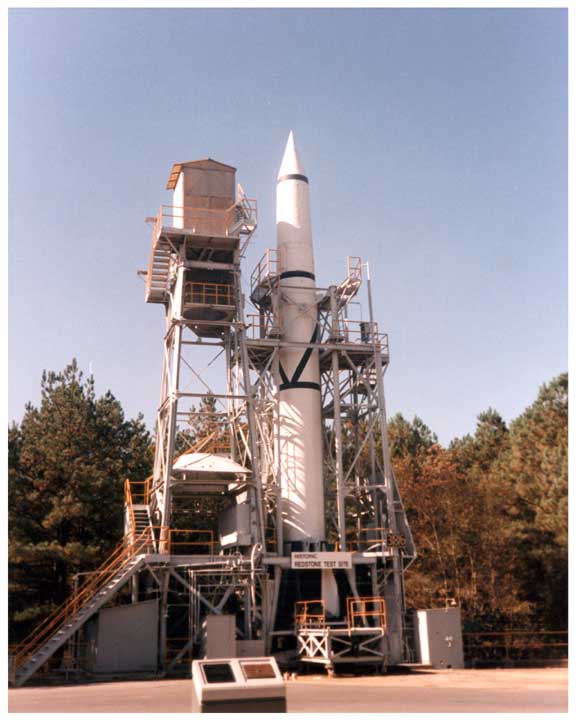 Redstone Test Stand Redstone Test Stand |
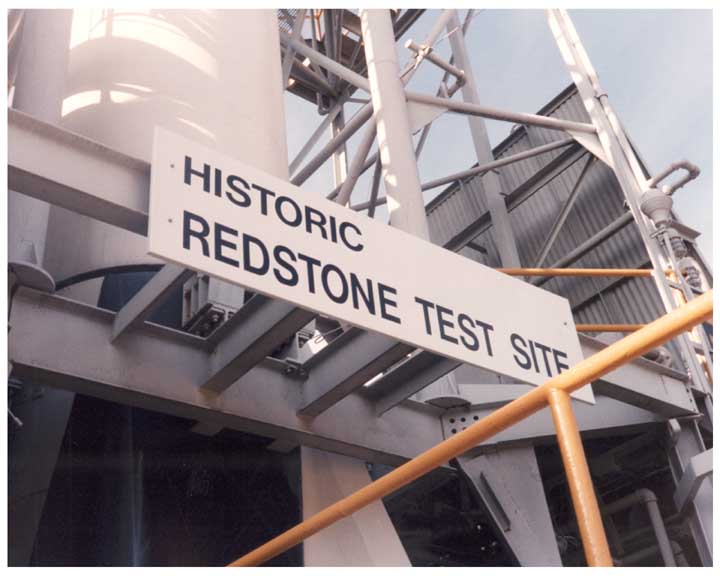 Redstone Sign Redstone Sign |
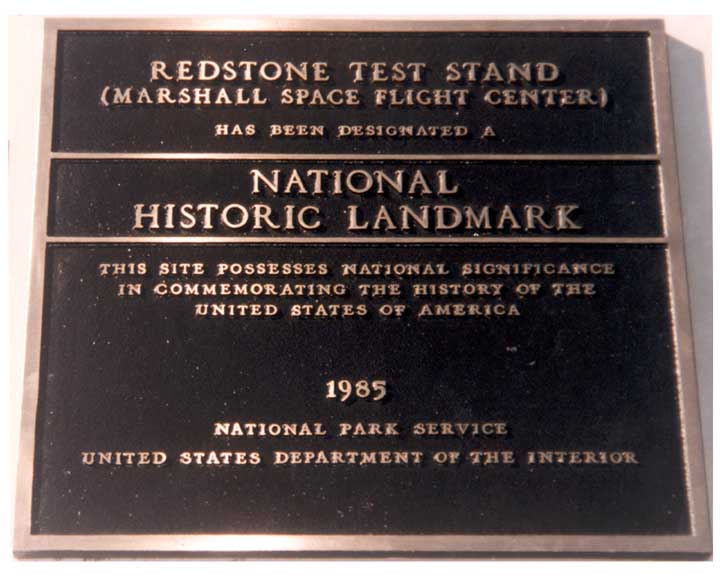 Redstone Sign Redstone Sign |
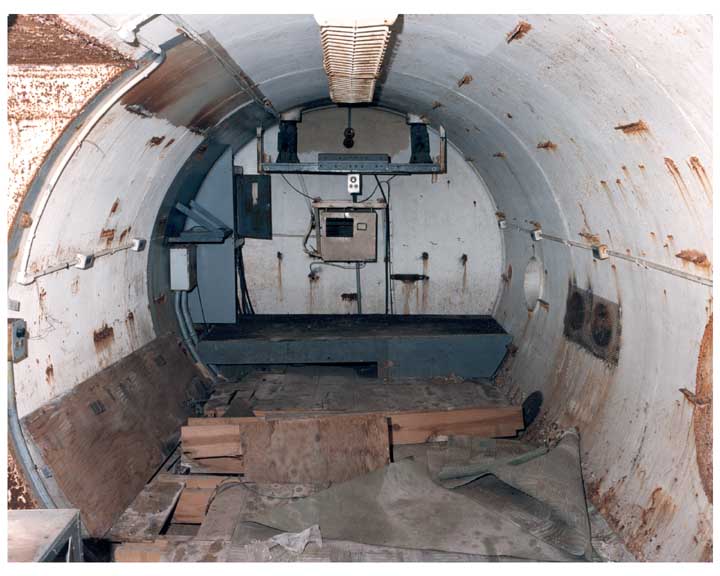 Inside Test Stand Bunker, 1993 Inside Test Stand Bunker, 1993 |

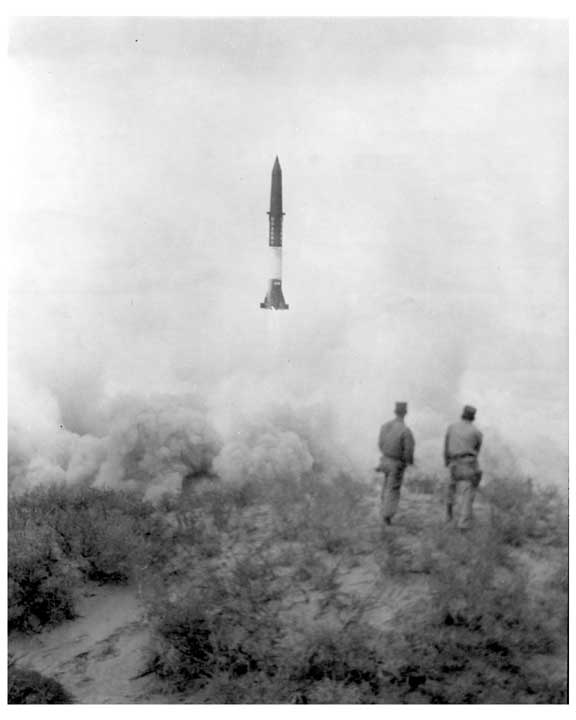 Redstone Missile
Redstone Missile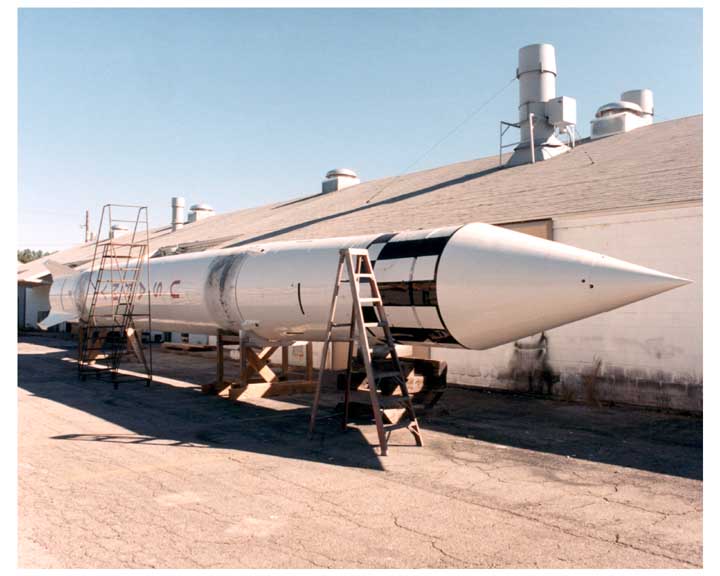 Redstone Missile
Redstone Missile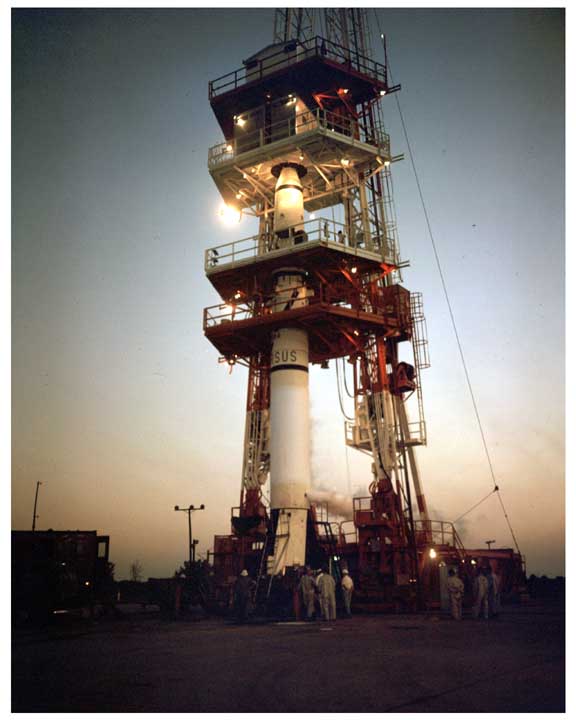 Redstone Missile
Redstone Missile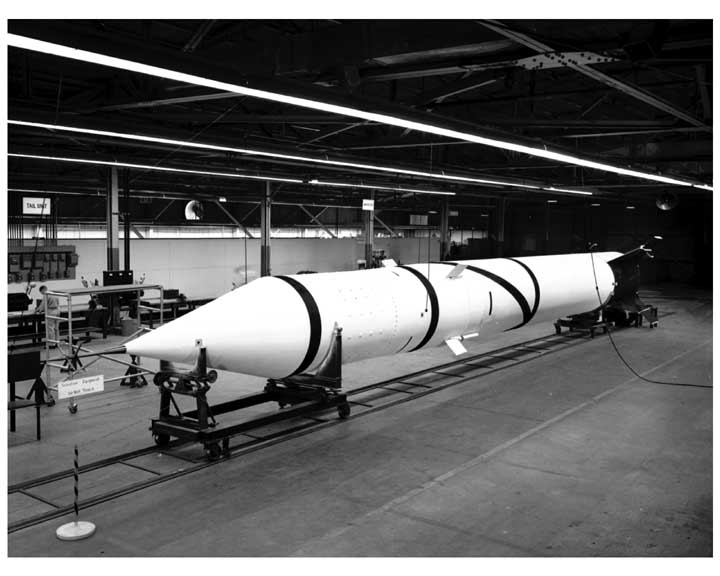 Redstone Missile
Redstone Missile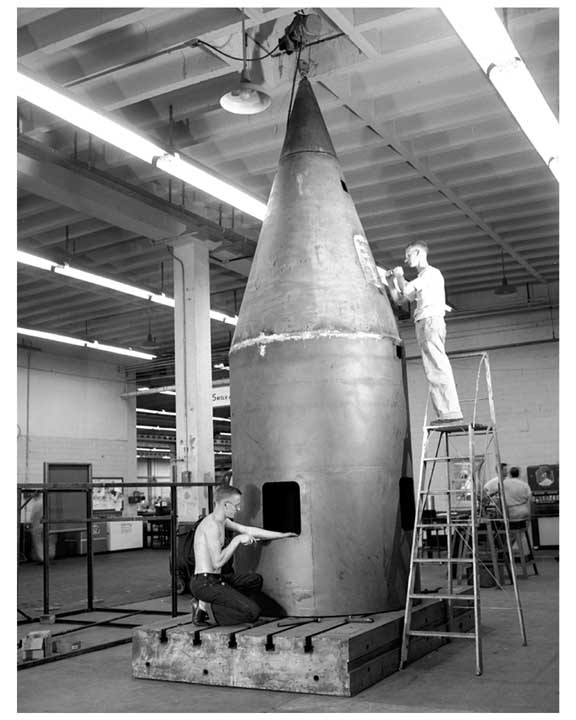 Redstone Missile
Redstone Missile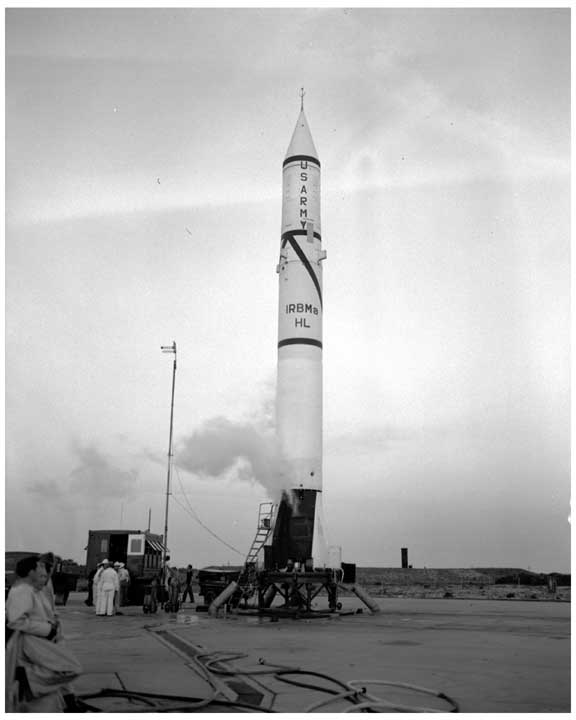 Redstone Missile
Redstone Missile Redstone Missile
Redstone Missile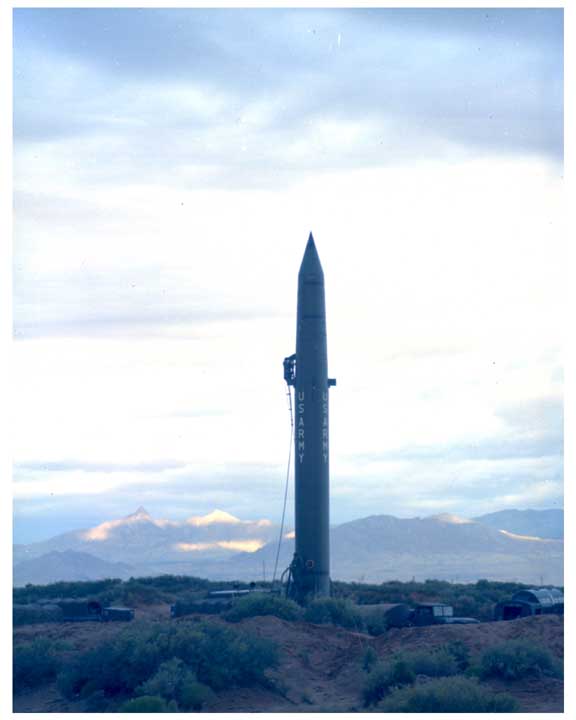 Redstone Missile
Redstone Missile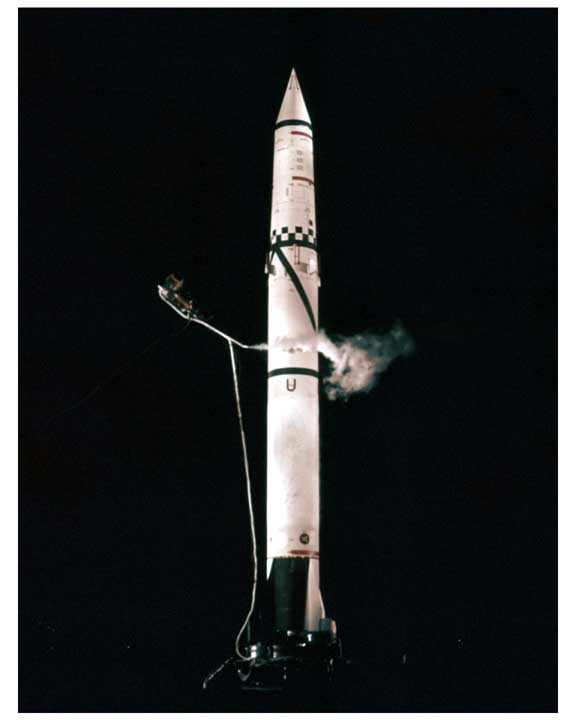 Redstone Missile
Redstone Missile Redstone Missile
Redstone Missile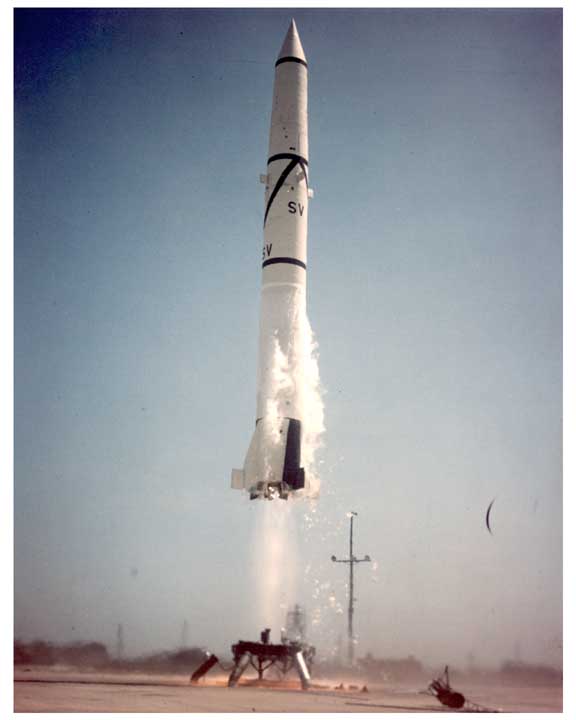 Redstone Missile
Redstone Missile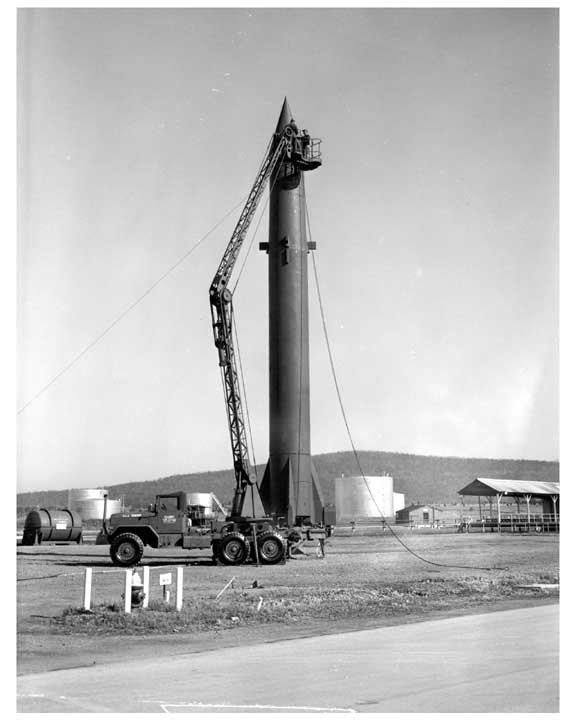 Redstone Missile
Redstone Missile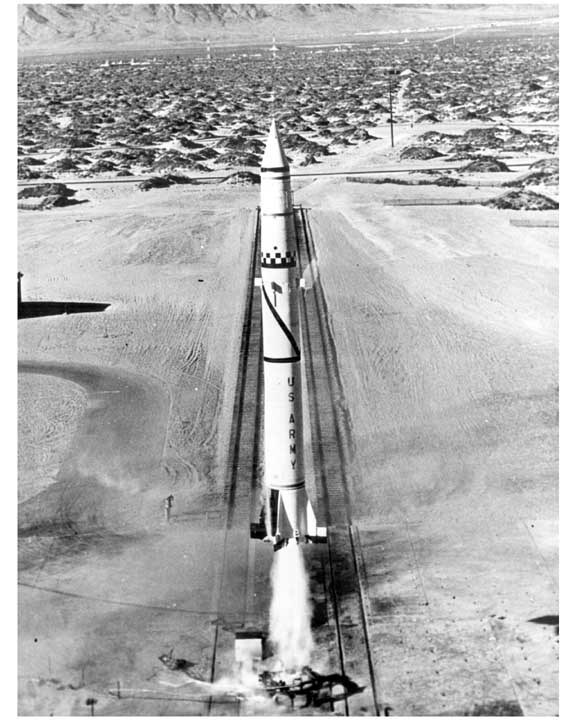 Redstone Missile
Redstone Missile Redstone Missile
Redstone Missile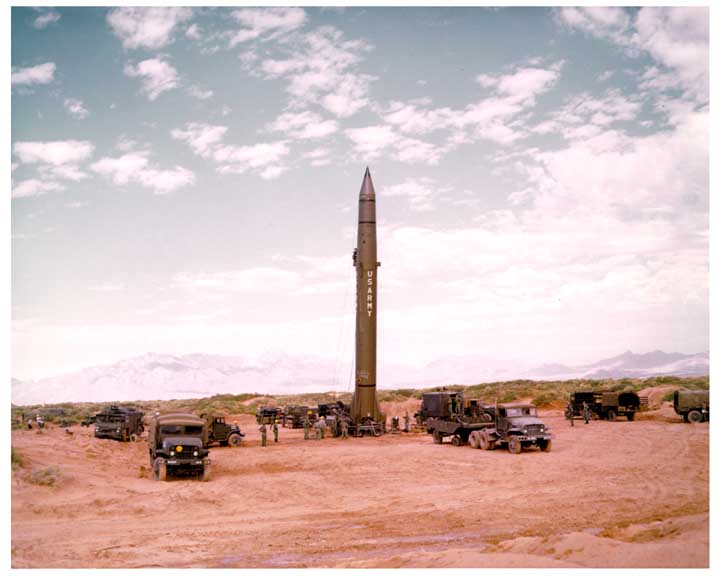 Redstone Missile
Redstone Missile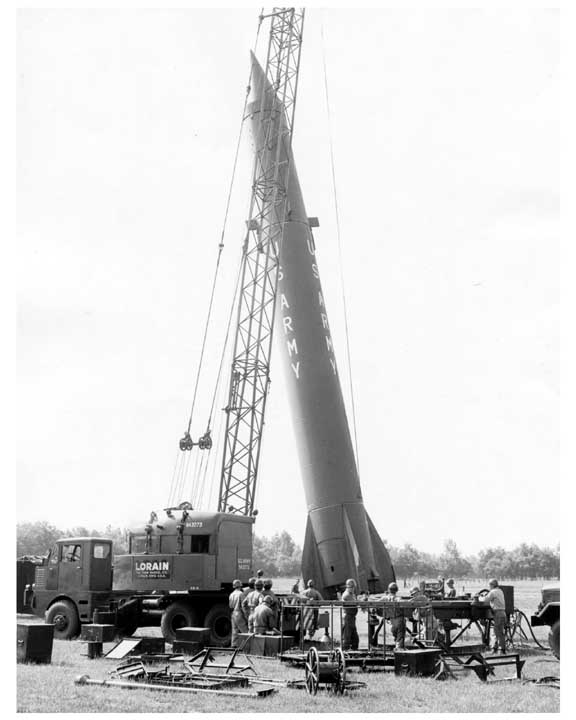 Redstone Missile
Redstone Missile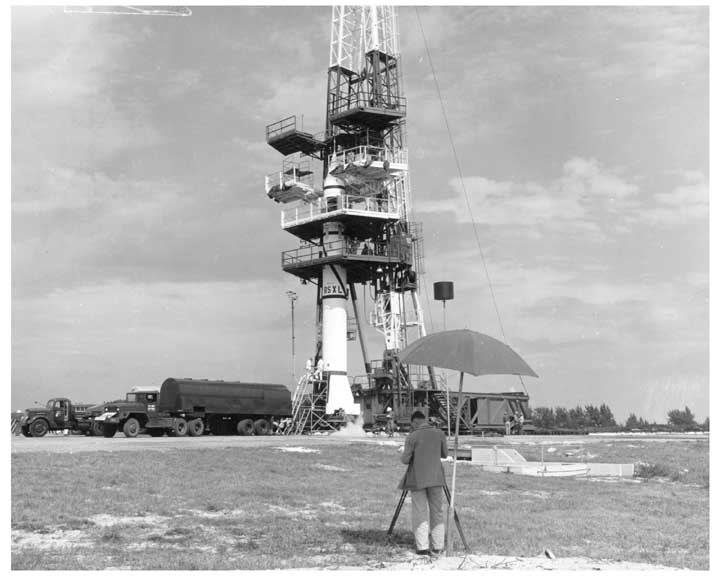 Redstone Missile
Redstone Missile Redstone Missile
Redstone Missile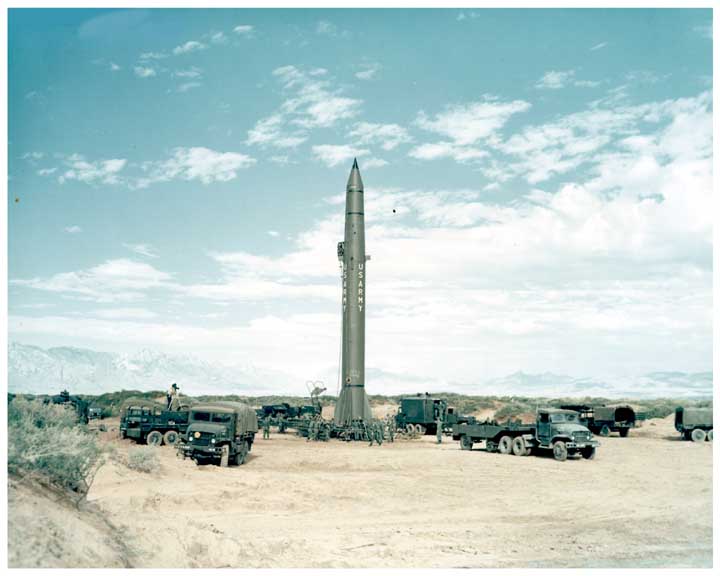 Redstone Missile
Redstone Missile Redstone Missile
Redstone Missile